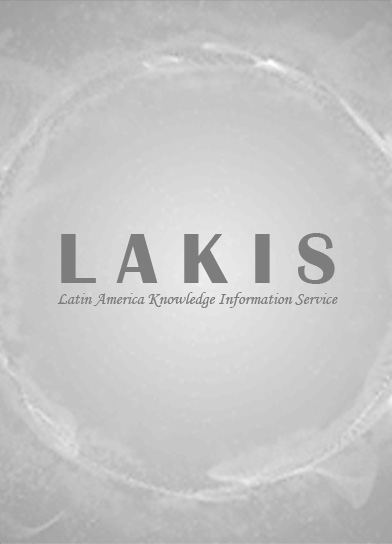Though utterly at odds in their approaches, these two works together present perhaps the fullest understanding of Latin American art available for the least shelf space. Barnitz (modern Latin American art, Univ. of Texas, Austin) offers a straightforward, essentially chronological account of the most important styles and artists from Mexico, Cuba, Haiti, and most of South America. She acknowledges, without quite justifying, the exclusion of art from other Central American and Caribbean countries. More regrettably, only mid-century architecture makes an appearance, and the relation of the plastic arts to performing arts is not considered. However, a book of such scope is necessarily selective, and Barnitz makes up for these failings by forging a coherent overview. Most importantly, her tone is consistent but nondogmatic as she positions the major currents of the century from 1890 to 1990 within the Western tradition, not subjugated to it or exotically distinct. The only real shortcoming is the quality of the illustrations (105 in color, 204 in black and white), which can be muddled and flat. Cocurators Armstrong and Zamudio-Taylor present a sumptuous, bilingual package to accompany their show of contemporary art, which will travel from San Diego's Museum of Contemporary Art to Fort Worth, San Francisco, Toronto, Miami, and Minneapolis over the next two years. The catalog at the heart of the book highlights 15 artists from all over Latin America; each is given six pages with bright, clear illustrations of a few pieces and analytical essays. The works of these young artists (the oldest is 44) are all of very high caliber and represent diverse styles and media. Some will be well known to those who keep up with the contemporary scene, while others have had little exposure in the United States. Surrounding this core are four equally fine essays investigating the curatorial theme of the Baroque the style's historical impact from the colonial period, its frequently derogatory application to a perceived Latin taste for ornamentation, and its actual relevance to the selected artists. Beyond the checklist and artist biographies, the end matter further enhances the book with a 20-page "sourcebook" containing short writings from the last five centuries on both Latin colonization and the concept of the Baroque. Both books are highly recommended for all academic and most medium and large public libraries. Eric Bryant, "Library Journal"
Copyright 2001 Reed Business Information, Inc.
[출처]
University of Texas Press



